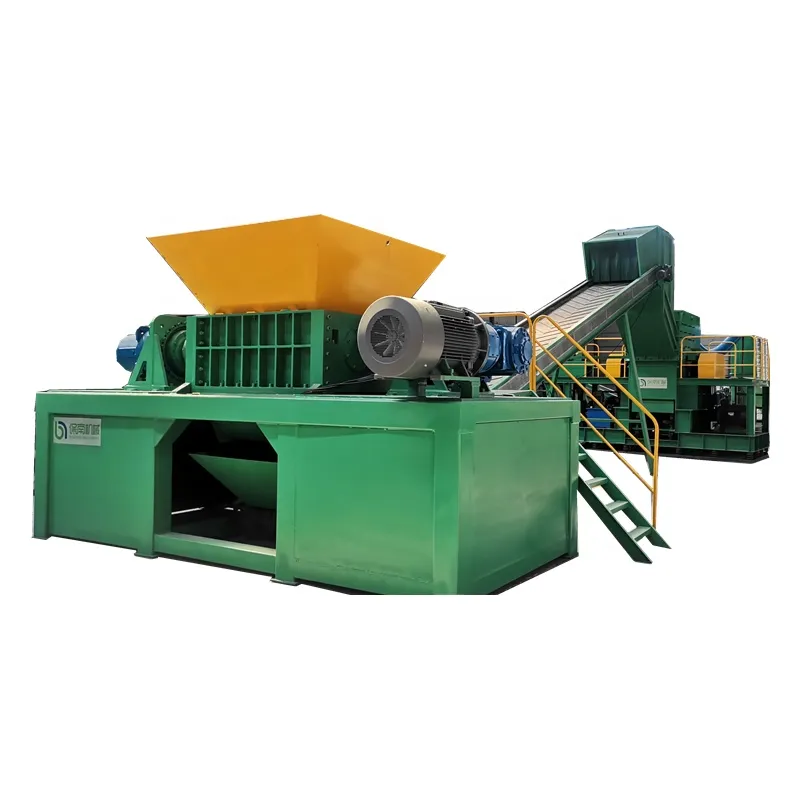Disposing of broken TVs can seem daunting, especially when ensuring that you’re doing so in an environmentally responsible manner. TVs contain various materials, some of which can be harmful to the environment if not disposed of correctly. Fortunately, several methods ensure safe disposal while also considering potential recycling and reuse. Here, we outline effective strategies for getting rid of broken TVs, backed by real experiences and professional expertise, all while building trust in these disposal methods.

First, let's recognize why proper disposal is crucial. TVs, particularly older models, may contain hazardous substances like lead, mercury, and cadmium. When these materials end up in landfills, they can leach into the soil and water, posing environmental risks. Understanding this underscores the importance of responsible disposal.
One of the most recommended methods for disposing of a broken TV is through dedicated e-waste recycling programs. These programs are designed to handle electronic waste safely and efficiently. Cities and municipalities often offer drop-off points or scheduled collection days specifically for electronic waste. These programs are especially beneficial as they ensure TVs are dismantled and processed by skilled professionals, recovering valuable materials for reuse.

For individuals aiming to exercise expertise, donating the TV to organizations that refurbish electronics might be an option, provided parts of the TV are still functional. Many nonprofit organizations accept broken TVs, repair them, and either sell or donate them. This not only gives a second life to electronic goods but also supports charitable causes. Always check with the organization if they accept broken electronics, as policies may vary.
Retail take-back programs are also a reliable avenue, demonstrating the authoritative role of large electronic retailers in e-waste management. Many retailers have policies where consumers can return their old or broken electronics to the store for recycling. Some may offer trade-in discounts or incentives for handing over outdated appliances. This route is particularly trustworthy due to the established procedures these companies generally have in place for handling e-waste.
how do you dispose of broken tvs
Another credible option lies in seeking out certified e-waste recyclers. Such certifications typically ensure that the recycler adheres to stringent environmental and safety standards. Websites or directories listing certified recyclers can be a useful resource. By opting for a certified service, consumers can rest assured that the TV components will be processed responsibly.
If considering a DIY dismantling approach, expertise is key. While it can be tempting to salvage valuable components yourself, such as copper wiring or circuit boards, it demands a comprehensive understanding of electronics to do safely. Mishandling components could result in exposure to hazardous materials or cause injury. For those without the necessary expertise, it’s advisable to leave the dismantling to professionals.
Throughout this process, trust in the method you choose is vital. Verify any recycling service or program for legitimacy by reading reviews or checking accreditation. Many states or local government websites provide lists of trusted recyclers and programs, which can be an excellent starting point.
In conclusion, the journey of disposing of a broken TV is not just about getting rid of clutter—it is about making environmentally and socially responsible choices. Whether through recycling programs, donations, or retailer take-backs, each method contributes to a broader effort of sustainable electronic waste management. Embrace these strategies to ensure that your broken TVs are disposed of in a manner that reflects both personal and environmental responsibility.


